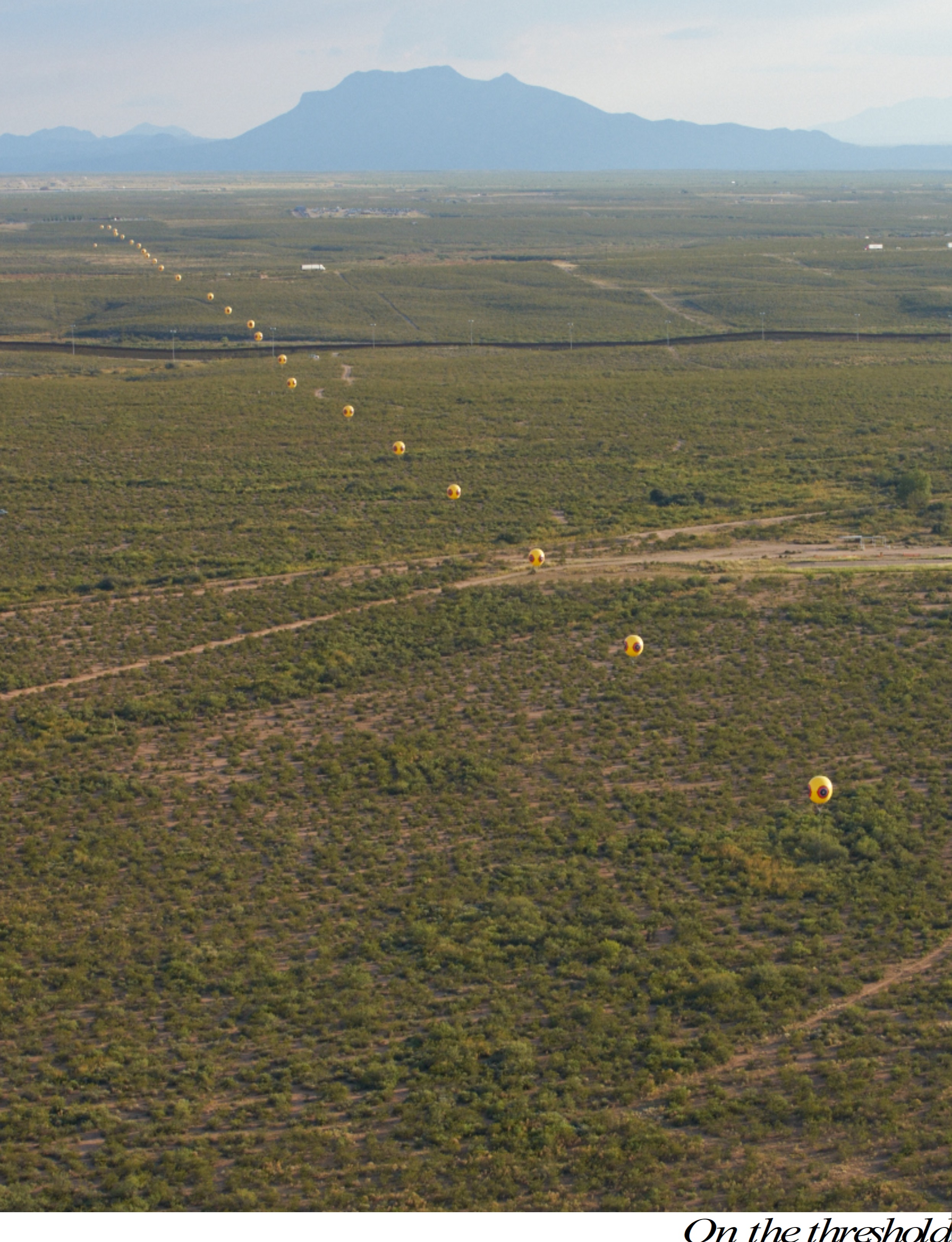Indigenous Sovereignty and the Border: Postcommodity's Borderlands
Keywords:
Border, Borderlands, indigenous sovereignty, postcommodityAbstract
In the United States, a border's function is to demarcate the limits of territory at the domestic and international level. This view is based on the assumption that territory is a possession to be controlled and comes to be defined by the dominating group that occupies the space inside the border. This framing of the border is rooted in the United States settler colonial history. When examining this history in relation to the impact that the U.S.-Mexico border has had on borderlands communities and Indigenous peoples specifically as part of these communities, we can see that borders exist in both physical and ideological space. The physical and ideological presence of borders has major implications for Indigenous sovereignty, self-determination, and identity. This paper will examine three successive works of the interdisciplinary arts collective Postcommodity. Their work and artistic practice engages with border politics and border impacts that are part of the ongoing challenge and critique of the effect borders have on the Indigenous peoples in the area of what is now referred to as the Southern United States in North America. These works, Repellent Fence (2015), A Very Long Line (2016), and Coyotaje (2017) focus on border and borderland (the area around the border) spaces. The movement of people across borders through migration, the border as a site of and for American nationalism, the border as part of a trade network (globally, locally, and historically bound to traditional Indigenous trade routes), and the border as a space that weaponizes Indigenous knowledges are just a few of the conversations that Postcommodity engages with in these works. This paper aims to contribute to the overarching conversation about the U.S.-Mexico border while providing further insight into this border's disruption of Indigenous sovereignty and identity. It further addresses how Indigenous artists such as Postcommodity are responding to and working to resist this disruption. In doing so, I will argue that the physical and ideological border, which divides collective bodies from each other simultaneously works to oppose Indigenous sovereignty.
Published
Issue
Section
License
Copyright (c) 2023 Wreck: The Graduate Journal of Art History, Visual Art & Theory

This work is licensed under a Creative Commons Attribution-NonCommercial 4.0 International License.



